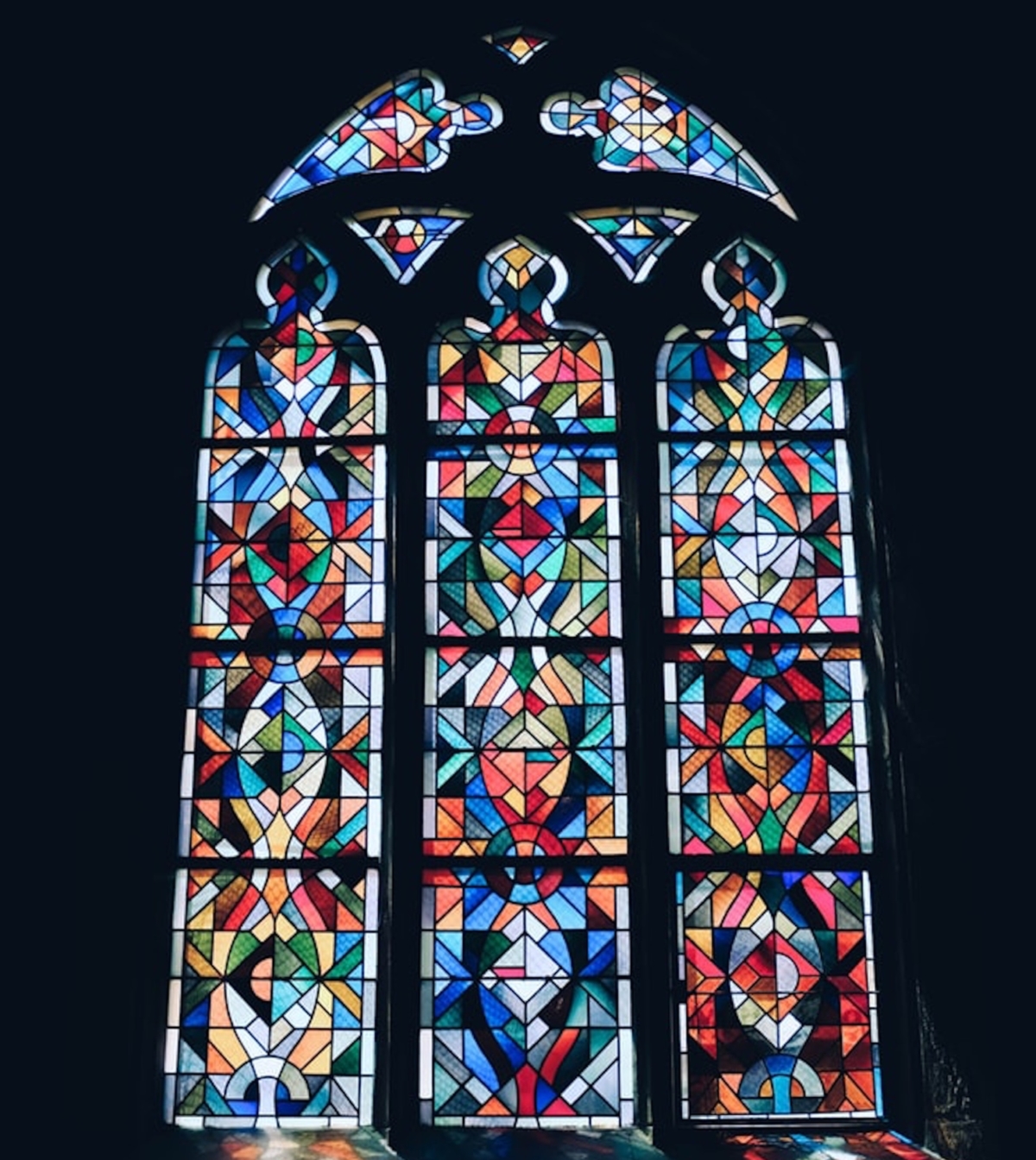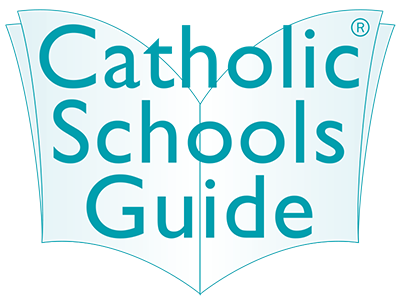News and Media

The Catholic Community in Australia: A Profile by Dr Bob Dixon
Catholics are the largest religious group in Australia. According to the 2011 Australian Census, Catholics made up just over a quarter (25.3 per cent) of the Australian population: there were 5,439,268 Catholics in a total Australian population of 21,507,719. In the five years between the 2006 and 2011 Censuses, the number of Catholics increased by over 312,000, or 6.1 per cent.
When you filled in your Census form in August 2011, one question you encountered was Question 19 ‘What is your religion?’. It’s because of this question that we know how many Catholics there were in Australia at that time. What’s more, the Census data can help us get a very clear picture of those Catholics.
One of the most striking features of the Catholic population is its ethnic diversity. Nearly a quarter of Australia’s Catholics (23.6 per cent) were born overseas, and about three-quarters of those people (17.9 per cent of all Catholics) were born in non-English speaking countries. A further 124,618 Catholics are of Aboriginal or Torres Strait Islander origin – that’s 2.3 per cent of all Australia’s Catholics.
The main countries in which Australia’s Catholics were born are shown in Table 1. Most Italian Catholics arrived in Australia in the 1950s and 60s, so that now almost two-thirds of them are aged 60 or more. In contrast, almost 90 per cent of Catholics born in the Philippines are aged under 60, so that it is highly probable that by the time of the next Census in 2016, the Philippines will have displaced Italy as the overseas country contributing the highest number of Catholics to the Australian population. Catholics born in the Sudan or South Sudan (there were 7,983 of them in 2011) have the youngest age profile, with almost 80 per cent being under the age of 40.
Associated with this ethnic diversity is the fact that Australia’s Catholics speak a wide range of languages other than English at home; the most common (in diminishing order) being Italian, Filipino languages, Spanish, Arabic, Vietnamese, Croatian, Chinese languages, Polish and Maltese. Many people are surprised to find Arabic on this list; it is spoken by Catholics from Lebanon and other parts of the Middle-East and North Africa, particularly Catholics belonging to the Maronite Rite. Another interesting fact related to language, but one which has nothing to do with ethnicity or birthplace, is that the main language ‘spoken’ at home by 2,500 Catholics in 2011 was a sign language.
Like the Australian population as a whole, Catholics are getting older. In 1991, the median age of Catholics was 30.7 years. By 2011, this had risen to 37.6 years. One consequence of this process of ageing can be seen in the rising number of people living alone. In 2011, more than 188,000 Catholics aged 65 or more were living alone; 70 per cent of these were women. For Catholics aged 45-64, divorce or separation was the major reason why people lived alone; among older Catholics, it was widowhood.
So far I have been describing the Catholic population, that is, those people who identify themselves, or are identified by their parents, as Catholics in the Australian Census. What about those Catholics who go to Mass on weekends? In 2011, the total number of people at Mass in Australia on a typical weekend was about 680,000, only about 12.5 per cent, or one-eighth, of the total number of Catholics. Most of those who attend, about 85 per cent, are there every weekend, but the individuals who make up the other 15 per cent vary from week to week. Some are there two or three times a month, others only once a month, others less frequently still.
The percentage of Catholics who attend Mass every week has been falling more or less steadily since it peaked in the mid-1950s, when two-thirds or perhaps even three-quarters of all Catholics went to Mass every Sunday.
In general, Mass attenders are older, better educated, more likely to be female and to be born overseas than the Catholic population as a whole. We know this from the National Church Life Survey, believed to be the second largest social survey in Australia after the national Census, which takes place every five years in more than 20 Christian denominations. In 2011, all Mass attenders aged 15 and over in a national random sample of about 230 Catholic parishes were invited to complete a questionnaire during Mass, at the time usually reserved for the homily. You could say that the survey was a different form of homily, where the people were invited to reflect on their faith and their involvement in the parish by answering the survey questions.
The results of the 2011 survey show that three- fifths (61 per cent) of Mass attenders aged 15 and over were female, 34 per cent had a university degree, and 41 per cent were born overseas — eight per cent in English speaking countries and 33 per cent in non-English speaking countries. That is, people from non-English speaking countries make up a larger percentage of Mass attenders than of the Catholic population in general (see Figures 1 and 2). This is reflected in the fact that, every week around Australia, Mass is celebrated in more than 30 languages.
Attending Sunday Mass is one way of being connected to the Church. Another way is through Catholic schools, either as a student, a parent or a teacher. The 2011 Census tells us that 272,542 Catholic children of primary school age attended Catholic schools, and 210,514 Catholic students of secondary school age attended Catholic schools. That means that 52.8 per cent of Catholic students attend Catholic schools – it’s the same percentage for primary and secondary students. But it also means that almost half of all Catholic students do not attend Catholic schools. Most of these go to Government schools, although six per cent of Catholic primary students and ten per cent of Catholic secondary students attend other non- Government schools.
The Census also tells us that Catholic students account for 72.5 per cent of Catholic school enrolments. Another 14.9 per cent are from other Christian traditions, 2.6 per cent belong to a non-Christian religion and 7.8 per cent have no religion. Altogether, Catholic schools in 2011 educated more than 666,000 students, more than one-fifth (21.6 per cent) of all school students in Australia. It’s not just the Catholic community that benefits from the presence of Catholic schools in our society.
We cannot speak of a profile of the Catholic community without mentioning our priests and religious sisters and brothers. In 2012, there were 1,930 diocesan priests, 1,174 priests belonging to religious orders such as the Jesuits, Franciscans, Dominicans and Salesians, 5,279 religious sisters and 866 religious brothers. Like the Catholic population in general, our priests and religious have come from many different countries. Some came as children and grew up in Australia, but many more have come here as migrants or to serve the Church for a few years before returning to their home country. While a growing number of our diocesan priests come from India and the Philippines, priests and religious come from many different countries. A 2009 survey of Australia’s religious orders found that 75 per cent of all sisters, brothers and religious order priests were born in Australia. The others came from, in diminishing order, Ireland, New Zealand, Vietnam, Italy, the Philippines, the UK, India, Malta and 67 other countries!
This profile shows that the Australian Catholic community is ethnically diverse, increasingly well-educated and getting older. This is true of the Catholic population as a whole, which is expanding, and also of Mass-attenders and priests and religious, who are declining in number. In the future, the Church will depend more than ever on the leadership offered by lay people, including those young people who are about to embark on a Catholic secondary education.

Dr Bob Dixon is the Director of the Pastoral Research Office of the Australian Catholic Bishops Conference. He has a PhD from Monash University as well as degrees in science, theology and education. He is the author of The Catholic community in Australia (2005) and a co-author of several books and reports including Catholics who have stopped attending Mass (2007) and Woman and Man: One in Christ Jesus: Report on the Participation of Women in the Catholic Church in Australia (1999).
In the 1970s and 80s, Bob worked as Year 12 Coordinator at St Aloysius College, North Melbourne, Year 12 and RE Coordinator at Killester College, Springvale, and Deputy Principal at Kilbreda College. He also spent two years as a secondary RE consultant in the Melbourne Catholic Education Office and two years as a volunteer teacher in Apia, Samoa.
Bob is an Adjunct Professor at Australian Catholic University and a member of the Boards of the Christian Research Association and of NCLS Research. He is married with two adult children and lives in the parish of St Anthony’s, Noble Park.

